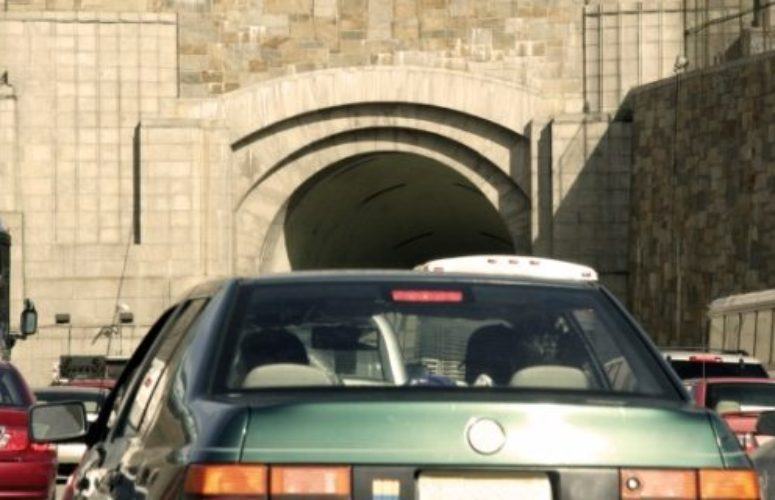
NJ Child Care Centers Imperiled by COVID-19 Costs
ITC at NIEER Study: Rate Increases Needed To Meet Higher Costs
On Oct 19, 2020COVID-19 safety measures and class size limits and low state subsidies have put New Jersey child care providers in financial peril, says new research from the Infant and Toddler Policy Research Center at NIEER (ITC@NIEER).
Class size reductions together with expensive personal protective equipment, air circulation upgrades, more frequent cleaning, and other procedural changes have increased costs for safe, high-quality child care.
The state’s recent easing of capacity limits from ten to fifteen children per classroom provided welcome relief to child care providers, but COVID-19 restrictions continue to be costly for child care centers. ITC@NIEER’s study estimates the restrictions have increased child care provider costs by up to $69 a week per toddler and $37 a week per preschooler.
The New Jersey Child Care Subsidy Program pays centers up to $241 a week for infants, $201 a week for toddlers, and $167 a week for preschoolers. Prior to the pandemic it was already difficult for centers to survive with subsidy rates below breakeven for infants. With higher costs now due to the pandemic, child care programs are likely to lose money across all ages. NIEER’s report indicates that per child subsidy rates will need to increase by up to $40 per week for infants and $63 per week for preschoolers.
“Many child care providers were already struggling to turn a profit before the pandemic, so it shouldn’t surprise anyone if some are now forced to raise rates, turn children away, or close their doors” said Karin Garver, early childhood education policy specialist for the National Institute for Early Education Research (NIEER) and the report’s author.
“It is critical that we are supporting child care centers around the state which are facing increased operating costs due to social distancing and sanitation requirements,” said Senate President Pro Tempore M. Teresa Ruiz (D-Essex). “The current reimbursement rates fail to meet the cost per child, leaving providers with two choices, either raise the rates on parents who are not eligible for the subsidy or close their facility all together – both of which would be detrimental to the communities they serve. They are not only needed now, as we brace for a second wave, we also need to make sure they can keep their doors open going forward. If we do not act, closures around the state could cause the child care system to collapse once offices begin to reopen and demand increases as more people return to work.”
Dr. Steve Barnett, ITC@NIEER’s founder and senior co-director, recommends the state increase child care subsidy rates at all ages to the breakeven rates estimated in the study.
“It simply will not be possible for most providers to offer the quality care infants and toddlers need to support learning and development without a substantive increase in reimbursement rates to cover higher costs in the pandemic,” said Barnett. “Beyond this, the state should consider offering one-time grants to assist programs with other pandemic-related costs and facility improvements for ventilation and air purification. This will also help centers meet higher costs without raising fees for parents who do not receive subsidies.”
This research, funded with support from The Nicholson Foundation, is a product of the Infant and Toddler Policy Research Center at NIEER, which is within the National Institute for Early Education Research (NIEER) at the Rutgers Graduate School of Education.
ITC@NIEER’s mission is to advance high-quality early education and care for infants and toddlers from birth to three, support optimal early development, and emphasize equity for America’s most disadvantaged children and families. NIEER supports early childhood education policy by providing objective, nonpartisan information based on research. Any opinions expressed in this report are solely those of the authors.
To access more business news, visit NJB News Now.
Related Articles:





